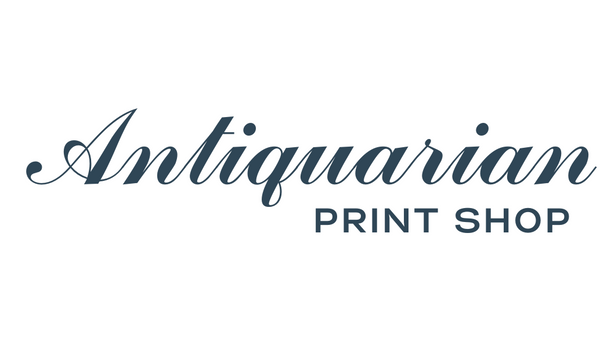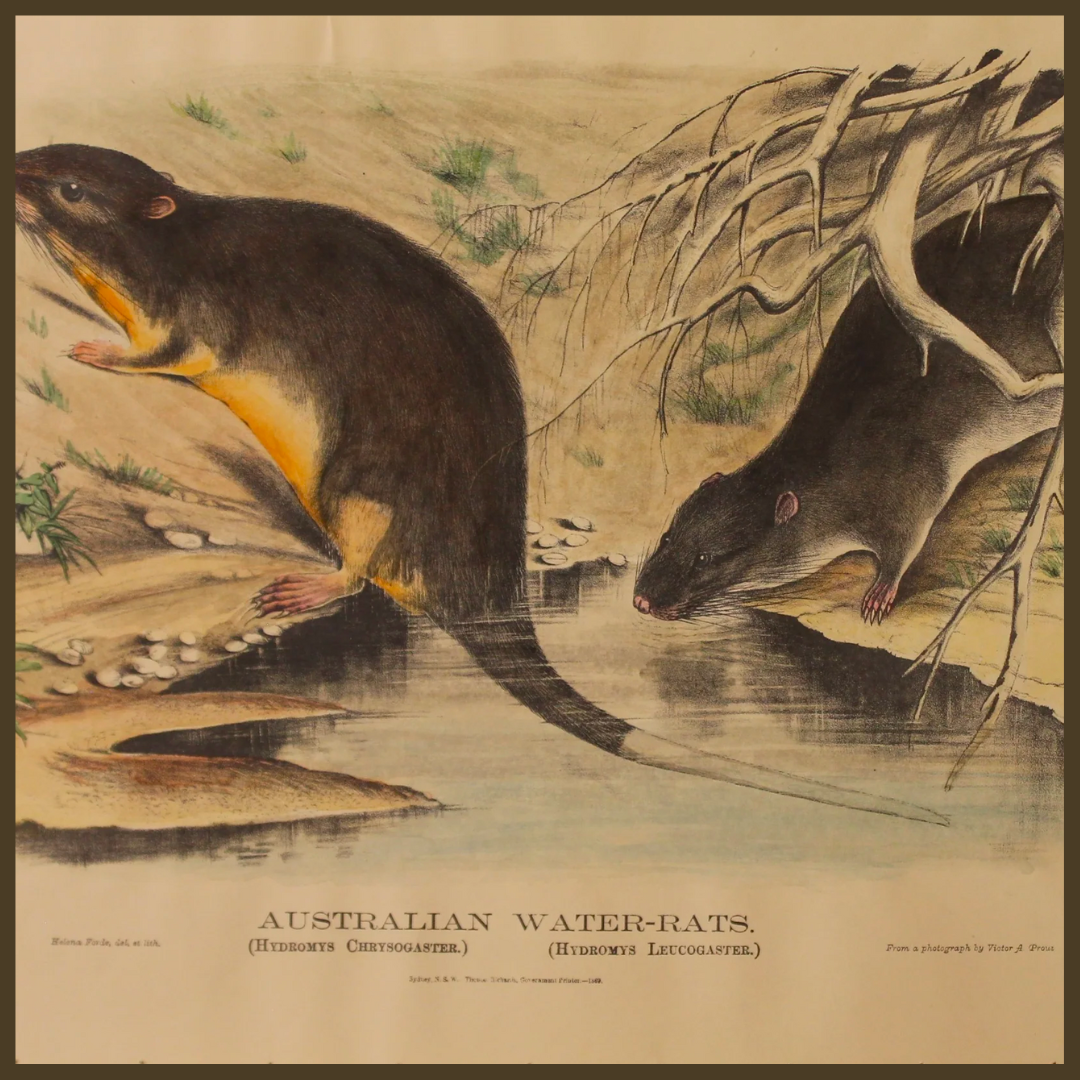
BIOGRAPHY OF MAY GIBBS
Share
May Gibbs was born in England on 17 January 1877. She was the only daughter of artist, cartoonist and public servant Herbert William Gibbs.
She emigrated to Australia at age four where the family tried their hand at farming both in South Australia and Western Australia. Eventually they gave up farming and settled at “The Dunes” in Perth. May spent many impressionable years observing the beauty of the Australian bush. In later years May was to say ‘It’s hard to tell, hard to say, I don’t know if the bush babies found me or I found the little creatures’. Raised in a creative household, May demonstrated artistic ability from an early age – ‘I could draw before I could walk,’ May was to recall.
In early 1900 May made her first trip to England to begin her art studies in London. Studying at Cope and Nichol Art School by day and taking night classes at the Chelsea Polytechnic Institute, Intense dedication caused May to suffer ill health and she return home in late 1901.
The lure of London saw May once again return to her formal studies in 1904, this time at Mr Henry Blackburn’s School for Black and White Artists and further night studies at Chelsea Polytechnic. Finishing her time with first class passes, the tuition in single-line drawing at Blackburn school was to decide the direction her career would take.
Returning to Perth in 1905, May embarked on a successful career as an illustrator for leading Western Australia newspaper, The Western Mail.
In November 1909, accompanied by her mother Cecie, the thirty-two year old May made her final journey to London. She placed her work with literary agent Charles H Wood who secured her commissions as an illustrator with leading British publisher George G Harrap. Wood also tried to interest English publishers in May’s stories and, after reworking her original title Mimi and Wog, she was rewarded with a publishing contract. Her story About Us was published in 1912 in London and New York, but never released in Australia. During this time May also drew cartoons for various newspapers, the Christian Commonwealth and suffragette publication The Common Cause. It was also at this time that May met her lifelong friend, activist socialist and suffragette Rene Eames.
Once again suffering ill health due to a heavy work schedule, May returned to Perth in 1913 accompanied by Rene. May once again began providing satirical cartoons to the Western Mail. May and Rene headed for Sydney and settled into a boarding house in Neutral Bay where May travelled by ferry to her little studio in Bridge Street, Sydney. May was soon established as a talented and in-demand artist and illustrator. She maintained a steady livelihood with commissions from publishers, completing book covers for Angus and Robertson, cover illustrations for prestigious literary magazine The Lone Hand and major New South Wales newspaper Sydney Mail.
May soon discovered the natural beauty of the Blue Mountains bushland and from her imagination the bush fairyland began to emerge.
Late in 1913, May was commissioned to illustrate the headpiece for Ethel Turner’s serial The Magic Button in the Sydney Mail. Hidden among the detail is a family of gumnuts peeping shyly out. A few years later May was to tell Theatre Magazine the idea for these gumnut babies came to her ‘in the middle of the night’. May took out copyright registration for a gum-leafed bookmark which would become one of Australia’s most iconic designs.
The Gumnut Babies (called ‘Gum-Nut Brownies’) soon made their appearance on the cover of the January issue of The Lone Hand. Intrigued with the little figures, the publisher of the Sydney Mail commissioned May to do twenty-five covers and from here the bush fairies began to make the appearances.
May had also began to make a name for herself with a steady output of ephemera – calendars, pictures, postcards and her iconic gumleaf bookmark. Initially handcrafted by May and Rene, demand soon gave way to commercial print runs.
Having established herself as an artist and keen to focus once again on writing, May began to write the Gumnut Babies stories which were destined to become classic Australian literature. On 5 December, just in time for Christmas, Gum-Nut Babies was published. This was followed shortly after by Gum-Blossom Babies. Critical response to these books was quite extraordinary and both books were an immediate sell out. Encouraged, May wrote three more bush baby books – Boronia Babies, Flannel Flower and Other Bush Babies in 1917, and Wattle Babies in 1918. The bush babies were now firmly established as part of Australian folklore. May was to say in later life ‘I’ve always had the greatest pleasure in thinking of all those little children who enjoyed my books. Everything became alive for me, it was just a fairy tale all the time.’
In 1918, May took her place as a beloved Australian children’s author. Her most ambitious work to date Tales of Snugglepot and Cuddlepie was published and was ardently scooped up by the Australian public and has never been out of print to this day. The book received glowing reviews both at home and abroad with readers enchanted by its distinctly Australian flavour. May’s contemporary Miles Franklin wrote in praise of the book, encouraging friends to read it also. It was within this book that May also revealed herself as a committed conservationist with the opening inscription ‘Humans Please be kind to all bush creatures and don’t pull flowers up by the roots’. Her concern was recognised and, in 1919, May Gibbs was made a life member of the Royal Society for the Prevention of Cruelty to Animals.
May met mining agent James Ossoli Kelly when visiting her parents in Perth. Years later, May was to admit, ‘The first day I met J.O., I thought, “There’s the man I’m going to marry!” After a short and intense courtship, they married quietly at a registry office in Perth in 1919. The newlyweds returned to Sydney and settled in Neutral Bay, with J.O. also becoming May’s business manager. In 1925 they built a house, Nutcote, at Neutral Bay where May was to live and work as a children’s author and illustrator the rest of her life.
In later years, the depression years of the 1930s was particularly hard on those working in the arts. May’s books experienced a slump in sales and she never quite recovered financially. After J.O. passed away in 1939, May busied herself with her work, her beloved Scotty dogs and tending the garden at Nutcote. At the passing of both her beloved father and mother in 1941 and her close friend Rene in the early fifties, May became a virtual recluse.
In 1955, May Gibbs was appointed Member of the British Empire (MBE) in acknowledgement of her important contribution to Australian children’s literature.
On 27 November 1969, May Gibbs passed away in Sydney aged 92 years. The news of her death was a moment of great sadness for all Australians, with the following tribute expressing the sentiments of Australia:
‘No one will be quite as good. No one will touch such a multitude. May Gibbs is alone in her creative genius. For this reason May Gibbs has gained lasting fame in her own land.’
Related Tag: Buy Vintage Prints Online
Source: About May Gibbs - Australian Children's Author & Illustrator



